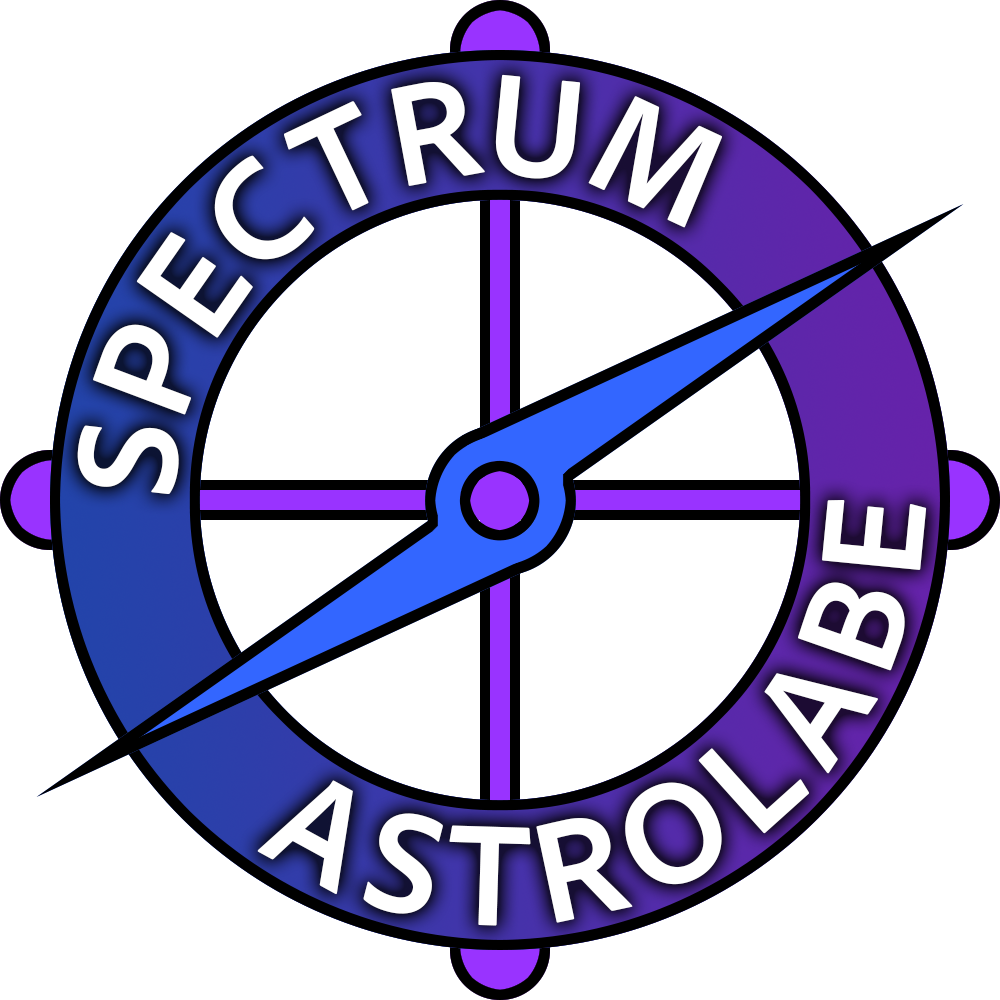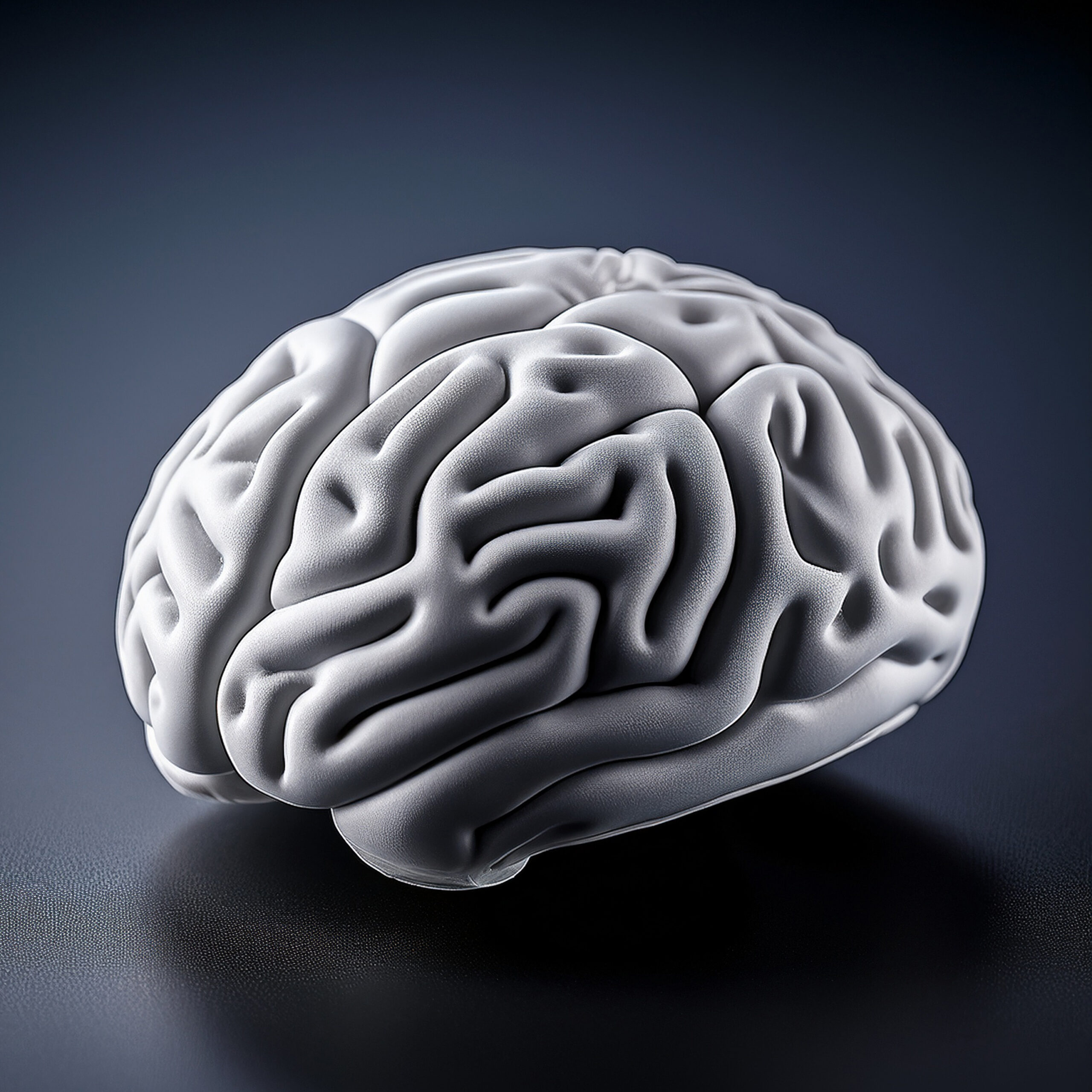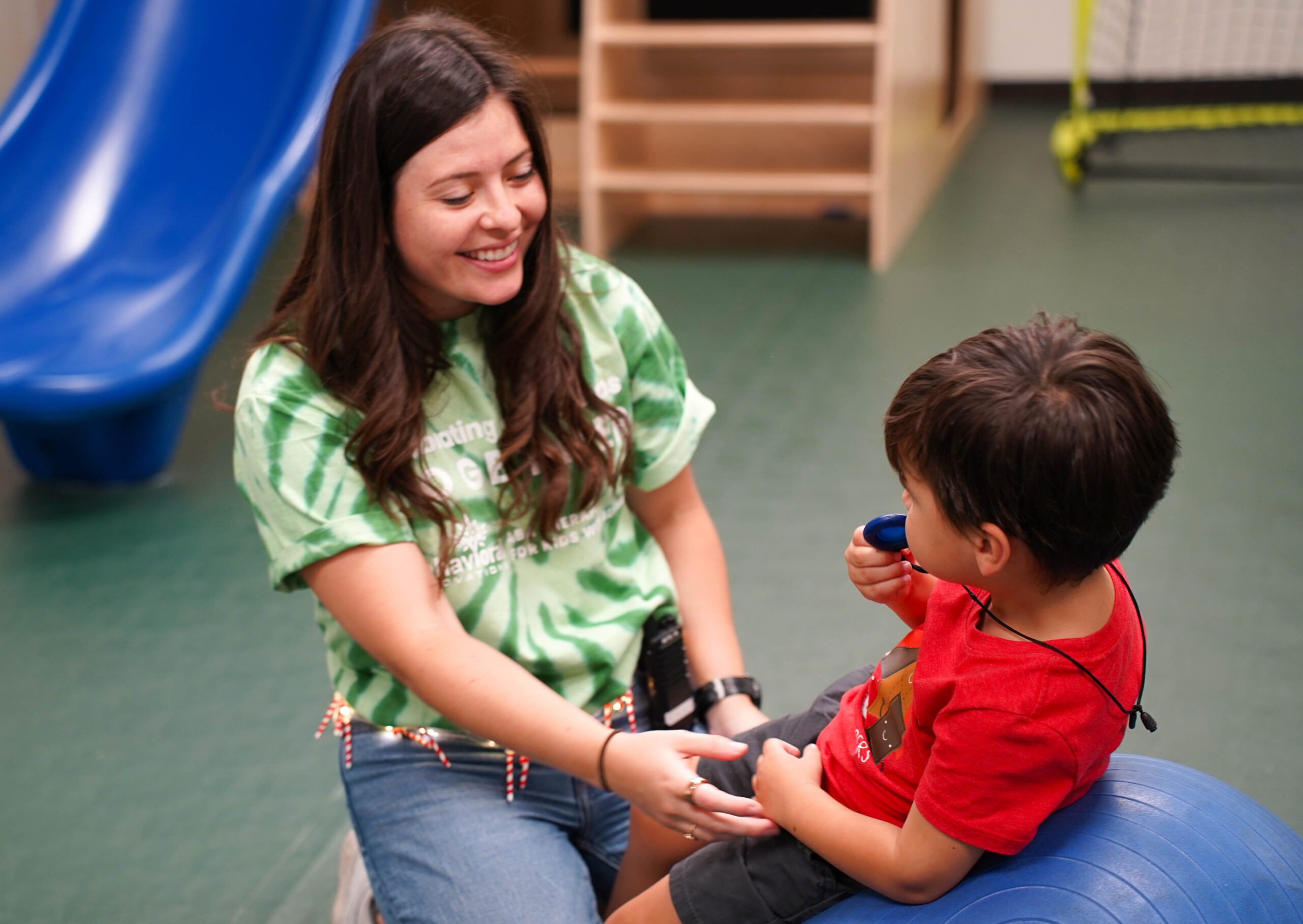Imagine being able to listen in on the tiniest conversations happening in your brain-one cell at a time. That’s exactly what scientists are doing with single-neuron research, and it’s giving us brand-new clues about autism.
What Are Scientists Discovering?
Neurons are the brain’s messengers. Each one sends and receives signals, helping us think, feel, and interact with the world. By tracking the activity of individual neurons, scientists can zoom in and see exactly how the brain works, moment by moment.
So, what does this have to do with autism? Autism spectrum disorder (ASD) affects how people communicate and interact socially. For years, researchers have wondered what’s different in the brains of people with autism. Now, by listening to single neurons, they’re starting to find some answers.
One big discovery is about how people with autism process faces. In the brain, some neurons respond when we look at someone’s eyes or mouth. In most people, these neurons are especially active when looking at the eyes-a key part of understanding emotions and social cues. But in people with autism, scientists have found that these neurons respond less to the eyes and more to the mouth. This helps explain why some people with autism may avoid eye contact or find it hard to read emotions from faces.
Other studies have shown that certain brain cells help us guess what others are thinking or feeling. In autism, these neurons may work differently, making social interactions more challenging. By pinpointing which neurons behave differently in autism, scientists are starting to understand the “how” and “why” behind some common experiences in autism, like difficulty with eye contact or reading social cues.
Why Does This Matter?
This research could lead to better support and treatments. If scientists know which brain circuits are involved, they might develop new therapies, medications, or even brain stimulation techniques to help improve social skills or reduce sensory overload.
In short, studying single neurons is unlocking some of the brain’s most closely guarded secrets. For autism, it’s helping us understand the condition at its most basic level-one cell at a time-and that could make a big difference for millions of people and families around the world.
Sources
- The Transmitter: Tracking single neurons in the human brain reveals new insight into language and other human-specific functions – https://www.thetransmitter.org/human-neurotechnology/tracking-single-neurons-in-the-human-brain-reveals-new-insight-into-language-and-other-human-specific-functions/
- Nature Neuroscience: Single-neuron studies in autism – https://www.nature.com/articles/s41593-020-00735-3
- ScienceDaily: Neuron studies and autism – https://www.sciencedaily.com/releases/2022/05/220519112013.htm












